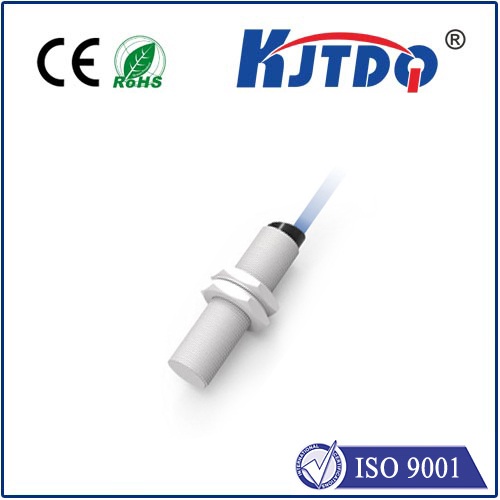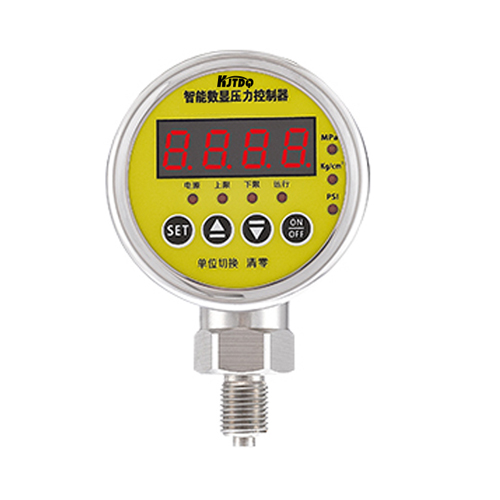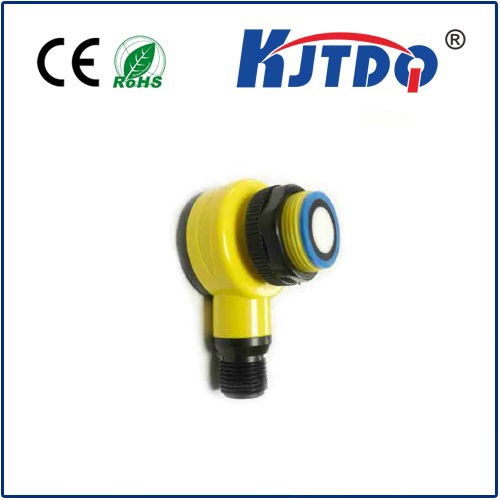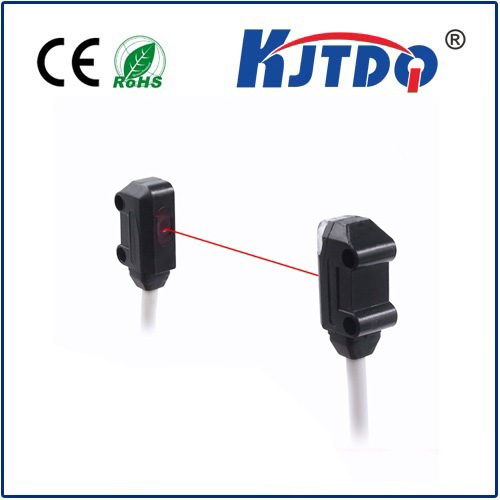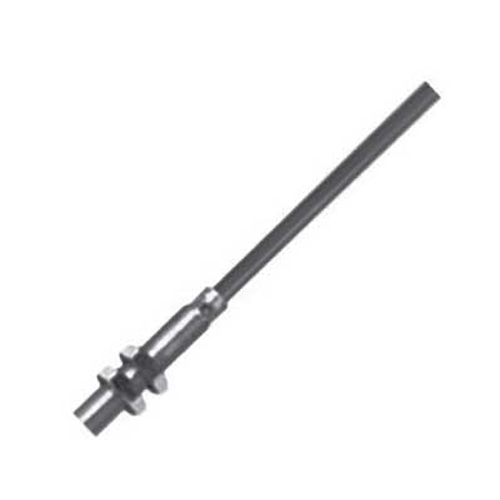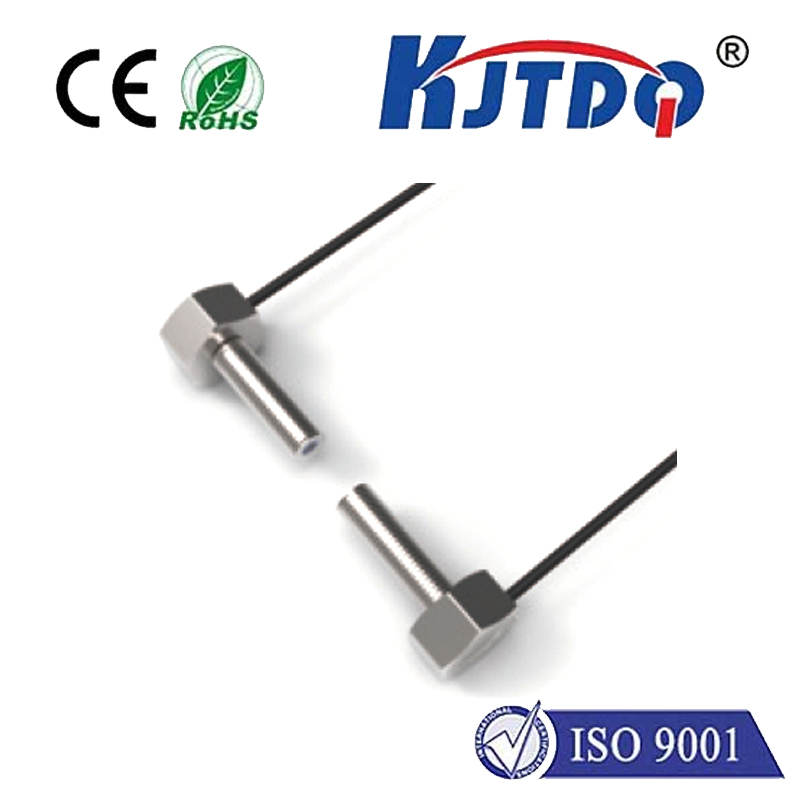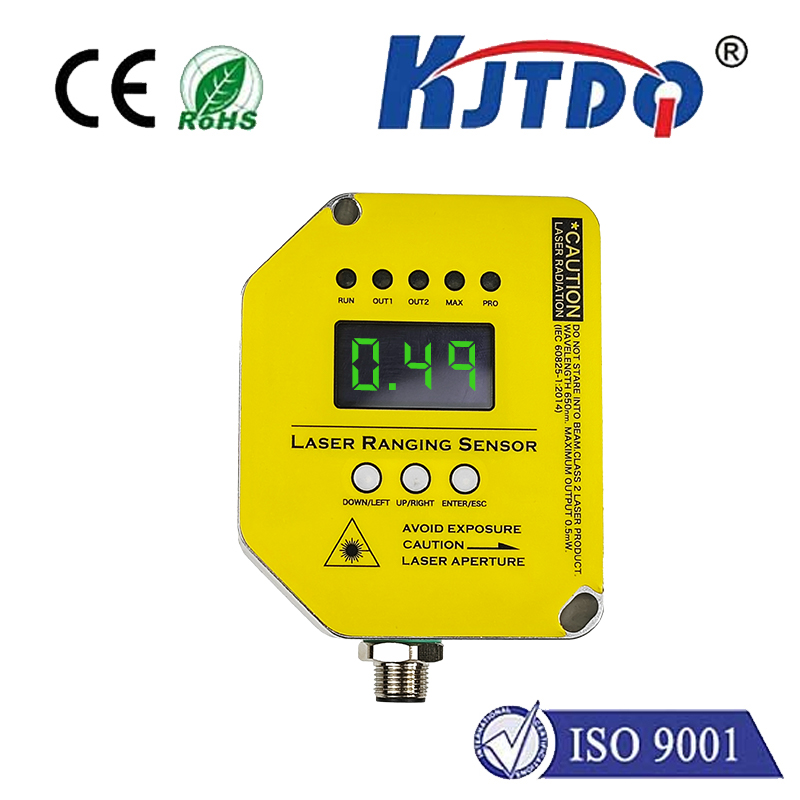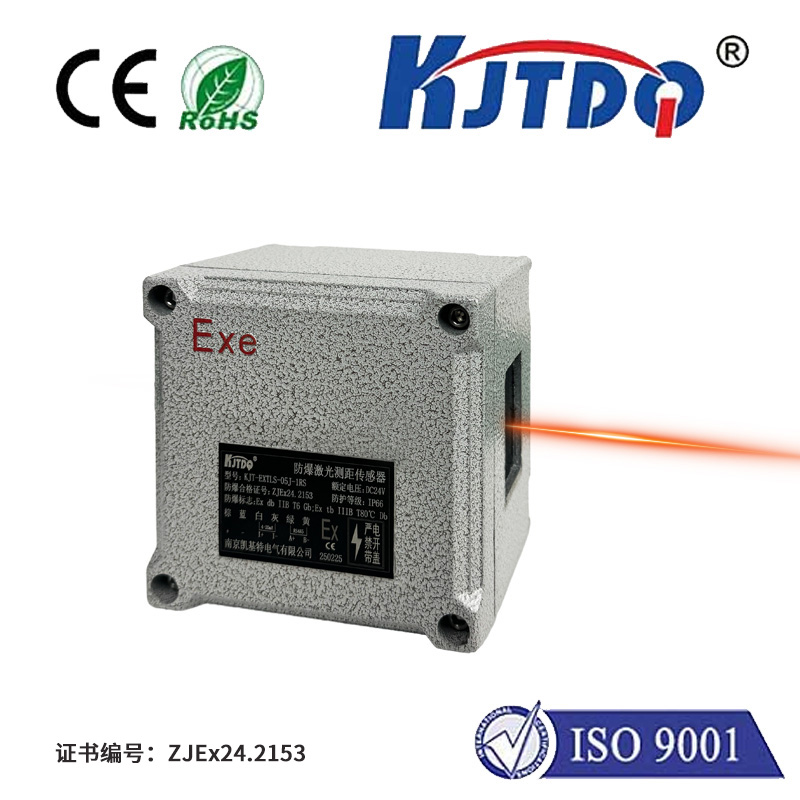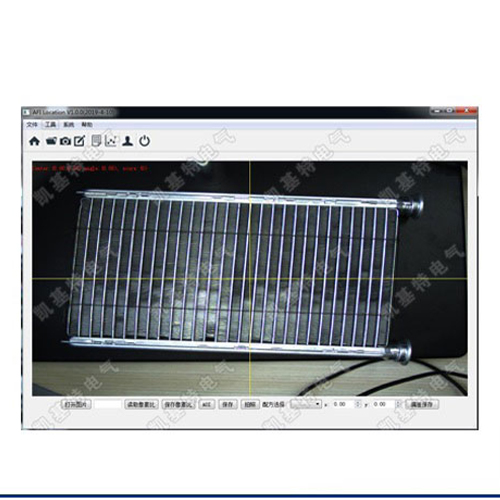long range photoelectric sensor
- time:2025-07-28 08:32:09
- Click:0
Long Range Photoelectric Sensors: Extending the Reach of Industrial Automation
Imagine monitoring vast warehouse aisles for obstruction-free paths, securing extensive outdoor perimeters after dark, or ensuring precise component alignment on sprawling conveyors spanning hundreds of meters. These demanding scenarios are where conventional proximity sensors falter, but long-range photoelectric sensors step into the spotlight, offering reliable detection where distance is king. Understanding their capabilities and optimal applications is crucial for engineers and system integrators tackling large-scale automation challenges. These specialized devices fundamentally reshape how industries perceive and implement remote monitoring and control.
Unlike their shorter-range counterparts designed for close-proximity object detection, long-range photoelectric sensors are engineered to transmit and receive light beams over significantly extended distances – often ranging from 10 meters up to 200 meters or even beyond. They achieve this feat through sophisticated optical design principles. The core technology remains photoelectric sensing: an emitter projects a light beam (typically infrared for long-range stability, though visible red or laser is common), and a receiver detects either the presence or absence of that beam. Disruption or reception triggers an output signal. The key differentiator lies in the beam’s characteristics and the receiver’s sensitivity:

- Collimated Light Beams: Long-range sensors employ highly focused, narrow, and collimated light beams. This minimizes dispersion and maintains beam intensity over considerable distances, ensuring the receiver can still detect the signal reliably. Think of it like focusing a flashlight beam versus a diffuse lamp.
- High-Intensity Emitters: Utilizing powerful LEDs (Light Emitting Diodes) or, more commonly for the longest ranges, focused laser diodes, these sensors generate a beam strong enough to traverse large open spaces without significant degradation.
- Sensitive Receivers: Paired with the powerful emitter is a highly sensitive receiver, often employing advanced photodiodes or phototransistors, capable of detecting faint light signals over the long path.
- Precision Optics: High-quality lenses are essential for both emitting a tight beam and collecting the maximum possible light at the receiver end.
Long-range photoelectric sensors generally come in three primary configurations, each suited to specific long-range challenges:
- Through-Beam (Sender/Receiver Pair): This is often the most reliable and robust method for extreme distances. The emitter and receiver are separate units installed opposite each other. The sensor detects an object when it interrupts the beam traveling directly from the emitter to the receiver. Through-beam sensors typically achieve the absolute longest sensing ranges (frequently exceeding 150-200m) and offer excellent immunity to environmental factors like dust, steam, target color, or reflectivity affecting the signal.
- Retroreflective: Here, the emitter and receiver are housed in a single unit. The sensor emits a beam towards a specialized retroreflector (like a high-efficiency prism or reflector tape) which bounces the light beam directly back to the receiver. Detection occurs when an object breaks the beam path. Retroreflective sensors offer easier alignment than through-beam for moderate long ranges (often up to 30-40m with standard reflectors, potentially more with large reflectors) and require wiring only on one side. However, they can be influenced by highly reflective objects near the beam path and generally have shorter maximum ranges compared to through-beam.
- Diffuse Reflective (Polarized): Also a single-unit design, these sensors detect light reflected directly off the target object itself. For long-range diffuse applications, polarized retroreflective sensors are often used. They incorporate a polarizing filter: the emitter light is polarized in one direction, and the receiver has a filter polarized at 90 degrees. Only light that passes through the retroreflector (which depolarizes the light) can effectively pass back through the receiver’s filter. This design provides high resistance to interference from shiny objects and is suitable for ranges where the target is large and reliably reflective (up to 10-15m typically for diffuse long-range, longer for specialized units).
Why Choose Long-Range Photoelectric Sensors? Their compelling advantages drive adoption across numerous industries:
- Extended Detection Zones: Solving detection problems impossible for short-range sensors, covering large machinery footprints, wide conveyor belts, expansive storage yards, or lengthy vehicle paths.
- Contactless Sensing: Non-contact operation means no wear and tear, ensuring long operational life and reliability, critical in demanding environments.
- High Speed: Light travels fast! These sensors offer extremely rapid response times, suitable for high-speed production lines or detecting fast-moving objects.
- Immunity to Environmental Factors (when chosen correctly): Through-beam and specialized polarized retroreflective models offer excellent resistance to dust, ambient light fluctuations, and certain levels of airborne particulates – a common challenge in industrial settings.
- Precision: Laser-based long-range sensors provide a highly focused beam spot, enabling precise detection of small objects or specific positions even at significant distances.
- Versatility: Available configurations cater to diverse needs: detecting presence/absence, counting, positioning, and monitoring level or dimension over large areas.
Industries Leveraging Long-Range Capabilities: The applications are vast and growing:
- Logistics & Warehousing: Monitoring lengthy monorail or conveyor systems, controlling Automated Guided Vehicles (AGVs) over wide areas, detecting pallet positions in high-bay racks, and securing dock doors.
- Material Handling: Overseeing bulk material flow on extensive conveyor belts, detecting objects or personnel on large automated crane systems, and ensuring stacker/reclaimer alignment.
- Packaging & Bottling: Registering large items or pallets on high-speed lines, detecting case presence on long conveyors, and controlling automated palletizers/depalletizers.
- Automotive Manufacturing: Monitoring vehicle position on assembly lines spanning multiple stations, and ensuring component clearance in large robotic work cells.
- Outdoor & Security: Perimeter security fencing monitoring, detecting vehicle approach on long access roads, monitoring level in large silos or tanks remotely, and controlling gate access over wide entries.
- Parking Management: Vehicle presence detection in spacious lots, guiding vehicles to available spaces, and monitoring entry/exit lanes.
Selecting the Right Long-Range Photoelectric Sensor requires careful consideration:
- Required Sensing Range: Clearly define the minimum and maximum distance over which reliable detection must occur. Always factor in a safety margin.
- Target Characteristics: Size, shape, color, reflectivity, material, and potential movement speed significantly impact the suitable sensor type (through-beam recommended for small, dark, or non-reflective targets at long range).
- Environment: Assess ambient temperature, humidity, dust, fog, rain, and vibration levels. IP ratings (Ingress Protection) are crucial for outdoor or harsh conditions.
- Stable Mounting: Given the long distances involved, precise and vibration-resistant mounting for both the sensor(s) and reflector (if applicable) is critical. Even slight misalignment over 100 meters can cause detection failure.
- Beam Visibility: Some sensors feature visible laser beams or alignment aids, simplifying initial setup and troubleshooting significantly over long distances.
- Background Suppression (for Diffuse Models): For diffuse sensors used at longer ranges, background suppression technology helps reject reflections from objects beyond the intended target plane.
- Housing & Connection: Choose rugged metal or engineering-plastic housings suited to the environment. Consider connection type (cable, connector) and ease of wiring over potentially long cable runs. Features like synchronization (SYNC) help prevent crosstalk when multiple sensors operate near each other.
The evolution of optics, emitter technology (especially laser diodes), and receiver sensitivity continues to push the boundaries of what is possible. Long-range photoelectric sensors have transcended being a niche product to become an indispensable tool in the automation engineer’s arsenal. By providing reliable, contactless detection over distances that were previously impractical or required complex solutions, they enable smarter, safer, and more efficient operations across countless industries. Whether safeguarding a perimeter under the stars, ensuring pallets flow seamlessly through a giant distribution center, or guaranteeing precise positioning on a massive assembly line, these












